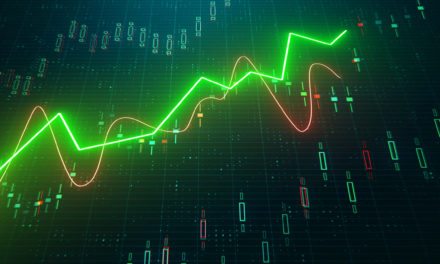
“Only buy something that you’d be perfectly happy to hold if the market shut down for 10 years.”
— Warren Buffett
This inspiring quote from Warren Buffett teaches us the importance of considering our investment time horizon when approaching any given investment: Could we envision ourselves holding the stock we are considering for many years? Even a decade-long holding period potentially?
For “buy-and-hold” investors taking a long-term view, what’s important isn’t the short-term stock market fluctuations that will inevitably occur, but what happens over the long haul. Looking back 10 years to 2012, investors considering an investment into shares of Hasbro, Inc. (NASD: HAS) may have been pondering this very question and thinking about their potential investment result over a full decade-long time horizon. Here’s how that would have worked out.
| Start date: | 04/26/2012 |
|
|||
| End date: | 04/25/2022 | ||||
| Start price/share: | $36.49 | ||||
| End price/share: | $89.54 | ||||
| Starting shares: | 274.05 | ||||
| Ending shares: | 366.39 | ||||
| Dividends reinvested/share: | $21.60 | ||||
| Total return: | 228.07% | ||||
| Average annual return: | 12.61% | ||||
| Starting investment: | $10,000.00 | ||||
| Ending investment: | $32,802.80 | ||||
As we can see, the decade-long investment result worked out quite well, with an annualized rate of return of 12.61%. This would have turned a $10K investment made 10 years ago into $32,802.80 today (as of 04/25/2022). On a total return basis, that’s a result of 228.07% (something to think about: how might HAS shares perform over the next 10 years?). [These numbers were computed with the Dividend Channel DRIP Returns Calculator.]
Many investors out there refuse to own any stock that lacks a dividend; in the case of Hasbro, Inc., investors have received $21.60/share in dividends these past 10 years examined in the exercise above. This means total return was driven not just by share price, but also by the dividends received (and what the investor did with those dividends). For this exercise, what we’ve done with the dividends is to assume they are reinvestted — i.e. used to purchase additional shares (the calculations use closing price on ex-date).
Based upon the most recent annualized dividend rate of 2.8/share, we calculate that HAS has a current yield of approximately 3.13%. Another interesting datapoint we can examine is ‘yield on cost’ — in other words, we can express the current annualized dividend of 2.8 against the original $36.49/share purchase price. This works out to a yield on cost of 8.58%.
More investment wisdom to ponder:
“I made my money by selling too soon.” — Bernard Baruch




